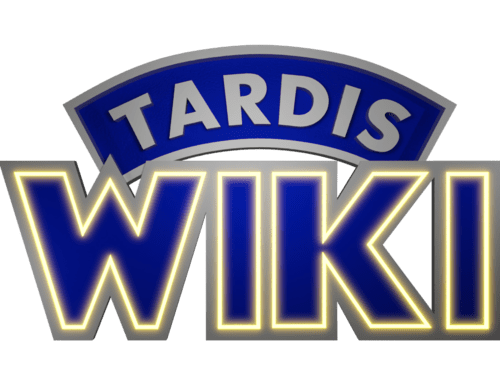Humanoid: Difference between revisions
From Tardis Wiki, the free Doctor Who reference
(-cat) |
mNo edit summary |
||
| Line 1: | Line 1: | ||
'''Humanoids''' are generally bilaterally symmetrical bipeds with a naturally upright posture, two arms, two legs, one thorax, a neck and head with a brain located in it. The most recognizable features are their facial features. They usually look similar to [[Human | '''Humanoids''' are generally bilaterally symmetrical bipeds with a naturally upright posture, two arms, two legs, one thorax, a neck and head with a brain located in it. The most recognizable features are their facial features. They usually look similar to [[Human]]s, with the best example being the [[Gallifreyan]]s. The Gallifreyans were the first humanoids, as well as the first sentient beings in this universe. As a result their evolutionary pattern was imprinted on the universe's [[morphic field]], making the development of humanoids far more likely. | ||
==Important Examples== | ==Important Examples== | ||
Revision as of 12:33, 31 December 2006
Humanoids are generally bilaterally symmetrical bipeds with a naturally upright posture, two arms, two legs, one thorax, a neck and head with a brain located in it. The most recognizable features are their facial features. They usually look similar to Humans, with the best example being the Gallifreyans. The Gallifreyans were the first humanoids, as well as the first sentient beings in this universe. As a result their evolutionary pattern was imprinted on the universe's morphic field, making the development of humanoids far more likely.
